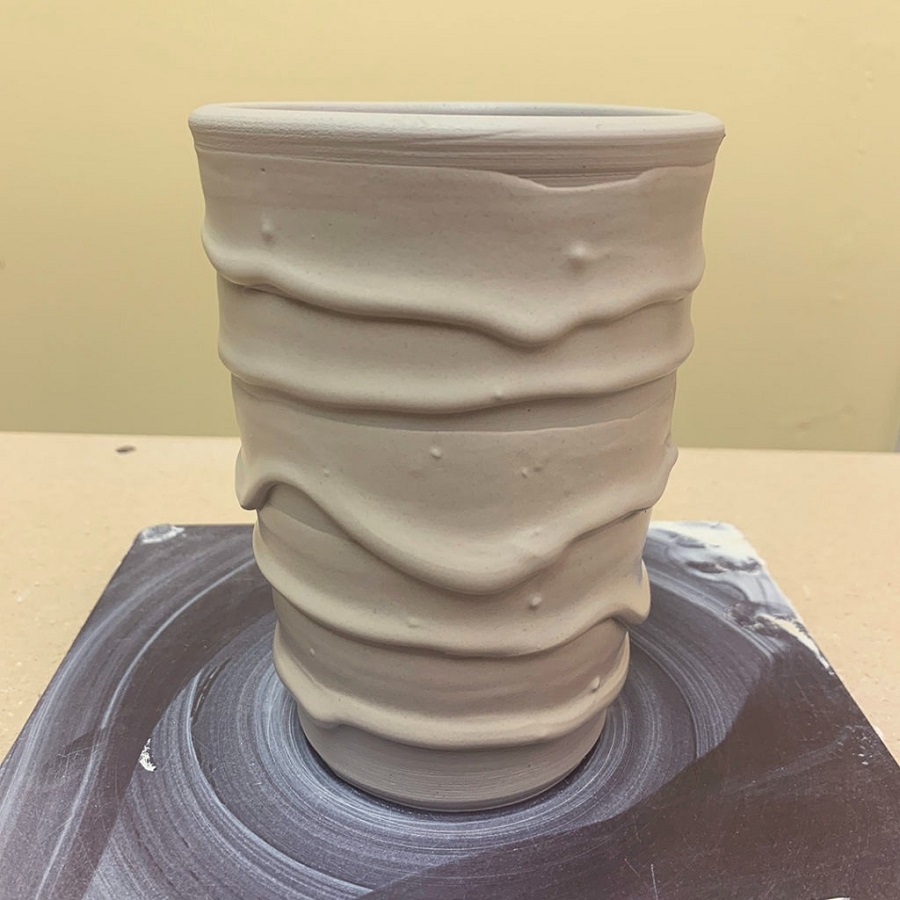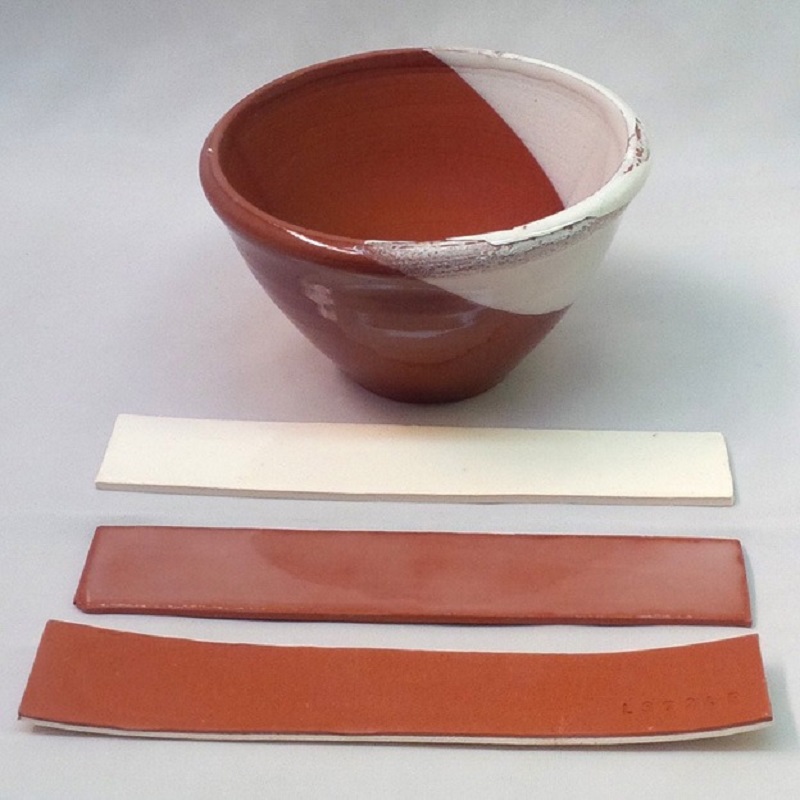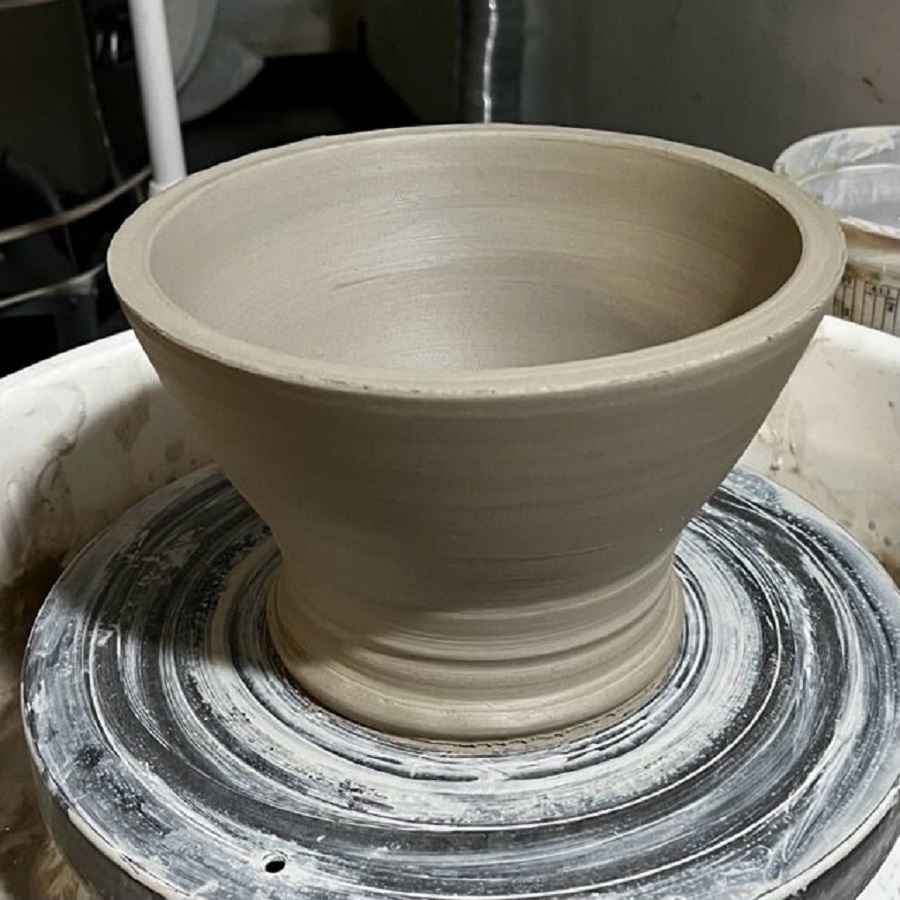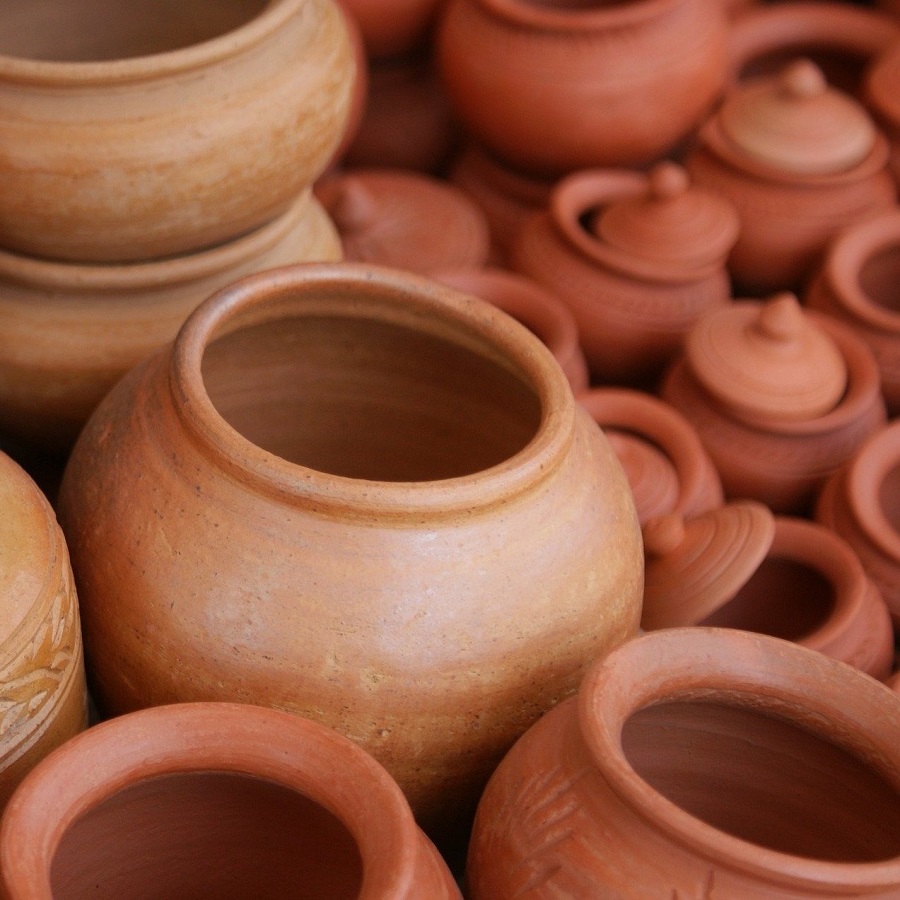Introduction to Microscope Slide Preparation
In the realm of microscopy, the significance of a properly prepared microscope slide is paramount. It’s the bedrock upon which microscopic investigation is built. As we delve into microscope slide preparation, let’s highlight what makes it so critical for both novices and experts alike. A microscope slide serves as a platform that supports and showcases the specimen for microscopic examination. To begin, one must gather the right materials, which include the slides themselves, cover slips, stains, and a few basic instruments for manipulation and securing the sample.
Preparing microscope slides is both an art and a science. It requires a meticulous approach to ensure that the sample is not only visible under the microscope but also representative of its natural state. The steps involved might seem straightforward at first—placing a drop of the sample on the slide, adding a cover slip, and possibly applying a stain. However, the precision with which these steps are executed can greatly influence the quality of microscopic observation.
To master microscope slide preparation by 2025, embrace new techniques and technologies that emerge. Yet, understanding the fundamental principles remains crucial. In the sections that follow, we will guide you through the essential equipment, step-by-step basics, advanced mounting methods, various staining techniques, and ways to preserve your slides long-term. Additionally, we’ll address common hurdles that may arise during the process and look ahead to future trends in slide preparation technology.
Keep in mind, the aim is not just to craft a slide but to create a clear window into the microscopic world—one that enables you to see the unseen with clarity and precision. Let’s embark on this journey to craft that perfect microscope slide.

Essential Equipment for Slide Preparation
To begin microscope slide preparation, you will need specific tools and materials. Here’s a list of the essential equipment required.
- Microscope slides: The flat, thin pieces of glass are the base for your specimens. Ensure they are clean and free from any marks or scratches.
- Cover slips: Small, thin pieces of glass or plastic that go over the specimen on the slide. They help protect and flatten the sample for better viewing.
- Stains: These are chemicals that add contrast to your specimen. Stains can highlight different structures within your sample.
- Slide storage boxes: To keep your slides safe and organized, use these boxes. They should be dust-free and easy to label.
- Pipettes or droppers: You’ll need these to add small amounts of liquid, such as stains or samples, to your slides.
- Forceps: These help handle cover slips and specimens without touching them. This avoids getting oils from your fingers on the slide.
- Cleaning materials: To prep your slides for use, you need lint-free cloths and some alcohol or a special cleaning solution.
- Labeling tools: Use a pencil or a slide labeling pen to mark your slides. Labels help identify the specimen later.
- Microscope: Naturally, you will need a microscope. Choose one that suits the level of detail you need to observe.
Start with these basics to set a strong foundation for creating high-quality microscope slides. They will help you see the unseen with more clarity and precision.
Step-by-Step Guide to Preparing a Basic Microscope Slide
Preparing a basic microscope slide involves several precise steps. Here’s a clear guide to help you through the process:
- Clean the slide: Start with a clean microscope slide. Use a lint-free cloth and alcohol to wipe any fingerprints or dust.
- Place the specimen: Carefully place your specimen on the center of the slide. If it’s a liquid sample, use a pipette or dropper.
- Apply a cover slip: Holding the cover slip by its edges, gently lower it over the specimen to avoid air bubbles.
- Remove excess material: If there is any extra stain or liquid, dab it gently with a clean cloth or a paper towel.
- Label the slide: Use a pencil or permanent marker to label your slide. Include details like the date and specimen type.
- Inspect the slide: Place the slide under the microscope to ensure the specimen is properly aligned.
By following these steps, you’ll have a microscope slide that’s ready for detailed observation and analysis.

Advanced Techniques for Sample Mounting
When preparing microscope slides, advanced techniques can lift your skills to a higher level. These methods help you handle tricky specimens and enhance the quality of your microscopic observations. Let’s explore some of these advanced sample mounting techniques.
- Sectioning: For solid samples, like tissues, thin sections are crucial. Use a microtome to cut sections. This device helps you achieve the thinness required for clear viewing.
- Smear Technique: This method spreads cells evenly across the slide. Drop the sample onto the slide and use another slide to spread it thinly.
- Squash Preparations: For soft tissues or chromosomes, the squash technique helps flatten the sample. Place it on the slide, add a cover slip, and gently press down.
- Mounting Media: This involves a liquid that preserves the specimen. Choose the right medium for your sample type. It will enhance the specimen’s features.
- Heat Fixation: Some specimens need heat to adhere to the slide. Pass the slide through a flame briefly. This locks the specimen in place.
Each of these techniques requires practice to master. Always adjust your approach based on the specimen’s nature. As you gain experience, these advanced techniques will greatly improve your microscope slide preparations.
Staining Methods for Enhanced Visualization
In microscope slide preparation, staining is key for detailed study. Stains add contrast, making structures stand out. Here we explore staining techniques that enhance visualization of your samples.
- Simple Stains: Use these when you need to view general cell shapes and structures. A single dye, such as methylene blue, is sufficient in most cases. Simple stains are easy to apply and useful for quick assessments.
- Differential Stains: These involve multiple stains to distinguish different parts of the specimen. The Gram stain, for example, differentiates between gram-positive and gram-negative bacteria. This method brings out intricate details not seen with simple stains.
- Negative Stains: For observing live cells without killing them, negative stains work well. They stain the background instead of the specimen. This helps to visualize cell morphology and size.
- Fluorescent Stains: Fluorescent dyes light up under specific wavelengths. They are ideal for high-resolution imaging and research applications.
- mRNA Stains: Newer techniques such as in situ hybridization allow for mRNA visualization within cells. These are specialized stains to study gene expression.
Pick the right stain based on your study needs. Remember, staining greatly improves the microscope slide’s utility. Experiment with different types to find what best fits your specimen. With the right staining method, you can turn a simple slide into a detailed story of cellular life.

Preservation and Storage of Slides
After crafting your microscope slide, preserving and storing it correctly is vital. Proper preservation ensures that your slides remain useful for future observations and analysis. Here are some tips for effectively preserving and storing your microscope slides:
- Avoid Moisture: Keep your slides dry. Moisture can cause molds or specimen degradation.
- Use Desiccants: Silica gel packets in slide boxes help absorb any excess moisture.
- Control Temperature: Store slides in a cool, stable environment. Extreme temperatures can damage slides.
- Steer Clear of Sunlight: UV rays fade stains and damage specimens. Store your slide boxes in a dark place.
- Organize Neatly: Label each slide clearly and store them in order. This makes retrieval easy and efficient.
- Handle Carefully: Always handle slides by the edges to avoid smudging.
- Regular Checks: Inspect stored slides periodically for any signs of damage or deterioration.
By following these guidelines, your microscope slides will be well-preserved and ready when you need them for further study.
Troubleshooting Common Slide Preparation Issues
Even with the best equipment and techniques, microscope slide preparation can present various challenges. It’s important to be prepared to address common issues to ensure the quality of your slides. Here we discuss some typical problems and how to solve them.
- Air Bubbles: Often, air bubbles get trapped under the cover slip. To prevent this, lower the cover slip slowly at an angle. If bubbles do appear, gently tap the cover slip or use a needle to guide them out.
- Specimen Damage: Delicate samples can get damaged during preparation. Handle specimens with care and use tools like forceps gently. If damage occurs, it may be necessary to start over with a new sample.
- Stain Overuse: Too much stain can obscure details. Apply stains dropwise and remove excess with a paper towel. For precise staining, always follow the recommended dilution and timing.
- Unclear Labeling: If your handwriting is not clear or smudges, it complicates future analysis. Use a legible script and permanent marker, label on the frosted part of the slide if available.
- Poor Slide Cleaning: Residue or fingerprints on slides can interfere with observation. Always start with a clean slide and handle by the edges. If a slide gets dirty, clean it again with alcohol and a lint-free cloth.
- Inadequate Storage: Improper storage can lead to slide deterioration. Utilize designated slide boxes and include desiccants to avoid moisture buildup. Keep the storage environment temperature-controlled and away from direct sunlight.
With careful attention to these troubleshooting tips, your microscope slide preparation will lead to successful and revealing microscopic studies.
Innovations and Trends in Slide Preparation Technology
The landscape of microscope slide preparation is ever-evolving, with new innovations and trends driving forward the capabilities and efficiency of researchers in the lab. In the pursuit of crystal-clear microscopic images and precise data analysis, let’s look at some of the advancements that are shaping the future of slide preparation technology.
- Automation in Slide Preparation: Laboratories are increasingly tapping into automated systems for preparing microscope slides. These systems can clean, dry, and even apply stains to slides with remarkable precision, all while minimizing human error and saving valuable time.
- Digital Microscopy: The rise of digital microscopy allows for slides to be scanned and digitized, making it easier to analyze, share, and store microscopic images. High-resolution scanners are creating a new standard in slide digitization.
- Advanced Staining Techniques: New staining protocols are being developed to enhance visualization further. These include multiplex staining, which can distinguish multiple biomarkers on a single slide, and environmentally friendly stains that reduce the use of harsh chemicals.
- Improved Mounting Media: The formulation of mounting mediums is improving, with a focus on long-term preservation and enhanced clarity. These new media are designed to maintain slide integrity and specimen morphology over extended periods.
- 3D Microscopy: Techniques like optical sectioning and confocal microscopy create three-dimensional reconstructions of specimens, providing deeper insights into their structures that go beyond what traditional two-dimensional slides offer.
- Educational Software: Interactive software tools and online platforms are making it easier for students and professionals to learn the art of slide preparation. These tools often come with virtual labs where one can practice and perfect their technique.
